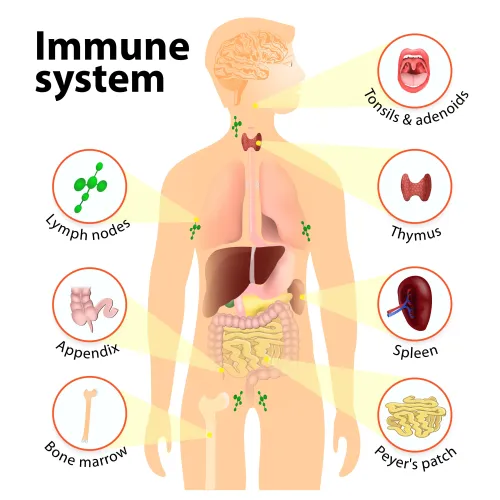Oncology & Hematology Coding Alert
Reader Question:
Use a New E/M to Address an Old Problem? Think Again
Published on Wed Oct 26, 2022

You’ve reached your limit of free articles. Already a subscriber? Log in.
Not a subscriber? Subscribe today to continue reading this article. Plus, you’ll get:
- Simple explanations of current healthcare regulations and payer programs
- Real-world reporting scenarios solved by our expert coders
- Industry news, such as MAC and RAC activities, the OIG Work Plan, and CERT reports
- Instant access to every article ever published in Revenue Cycle Insider
- 6 annual AAPC-approved CEUs
- The latest updates for CPT®, ICD-10-CM, HCPCS Level II, NCCI edits, modifiers, compliance, technology, practice management, and more
Related Articles
Other Articles in this issue of
Oncology & Hematology Coding Alert
- E/M Updates:
Take Note of These 2023 Office/Outpatient Consultation Changes
Beware that Medicare recognition remains to be seen. Among the changes set to take effect [...] - Case Study Corner:
Keep These Codes Close in This Adverse Chemo Effect Scenario
Hint: Know your T36-T50 definitions. Patients reporting to your oncologist with adverse reactions to their [...] - Procedure Coding:
Know the Dos and Don'ts of Brachytherapy Coding
Best beware of brachytherapy bundles. Brachytherapy — the placement of radioactive material in or on [...] - You Be the Coder:
Don’t Muddle These Modifiers for Discontinued Services
Question: Our physician ordered an hour-long infusion of Rituximab for a patient with non-Hodgkin’s lymphoma. [...] - Reader Question:
Look to This Code for SMM, MGUS Dx
Question: I am trying to locate the correct ICD-10-CM code for smoldering multiple myeloma (SMM). [...] - Reader Question:
Use a New E/M to Address an Old Problem? Think Again
Question: We have an oncologist in our practice who insists on adding an office/outpatient evaluation [...] - Reader Question:
Rethink Counting This Lab Reorder
Question: Two weeks ago, a patient saw one of our providers who orders labs. The patient [...]
View All




